Fuji apple variety, its advantages and features, planting and cultivation

When working on creating new varieties of fruit trees, breeders do not forget that it will be much easier for a new product to gain popularity if it has a bright and attractive appearance. This is exactly what happened with the new Japanese variety of Fuji apples; they are fragrant, attractive with their bright color and exquisite shape.
Content:
- Description of the Fuji apple variety, its features
- Fuji apples taste, calorie content, nutrients in composition
- Fuji apple tree where to buy a seedling, how to plant it correctly
- Secrets of excellent fruiting
- How to collect and preserve the harvest
- Use in cooking
Description of the Fuji apple variety, its features
We have already mentioned that the variety was imported from Japan; breeders created it by crossing two other, no less popular: Red Delicious and Rolls Janet. The taste of the fruit is particularly refined and original.
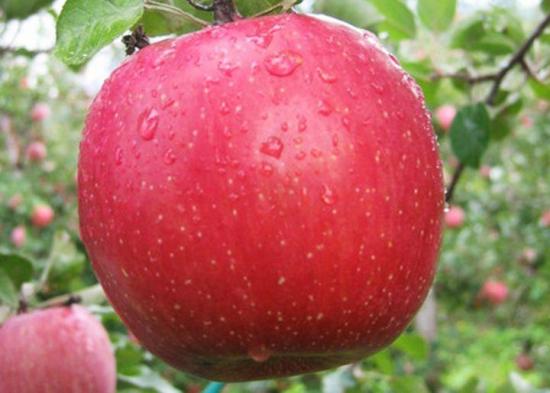
The fruits themselves have a beautiful, oblong-round shape, each weighing up to a quarter of a kilogram. The peel is matte and smooth, with a bright blush on a green-yellow background, the flesh has a creamy hue and a taste that harmoniously combines sweetness and light sourness. The Fuji apple tree is tall, grows quickly, and bears abundant fruit.
Among the main distinguishing characteristics are:
- late flowering, which occurs at the beginning of May, when the threat of frost has already passed, i.e. freezing of the ovaries is practically not observed
- the tree prefers a well-lit, but protected from the wind place
- The tree likes soils that are nutritious and not too moist
- The tree produces active fruit every second year
- It is frost-resistant, which allows it to be grown in the middle zone
- The fruits acquire a refined taste only with the third harvest
- darker fruits are sweeter than those with light skin
The apple tree is highly resistant to scab, but can suffer significantly from powdery mildew or bacterial blight.
Among the features of the Fuji apple tree, it should be remembered that the following varieties will be ideal pollinators for it:
- Ligol
- Granie Smith
- Red Delicious
- Golden
Since the variety itself is diploid, it will be an excellent pollinator for apple trees of other varieties. The variety has clones, the most famous are the Fuji Kiku apple tree variety bred in Italy, as well as Fujik, a Krasnodar selection.
Look what our apple looks like surrounded by fruits of other popular varieties: moderate size and ideal shape.

Fuji apples taste, calorie content, nutrients in composition
The fruit contains water, about 10% carbohydrates, and fiber. Of the beneficial substances contained in apples, it should be noted:
- iodine and iron in the form of microelements
- vitamins B and PP
- vitamin A and C, and the amount of the latter in 100 grams of product reaches 30 mg
- potassium and calcium, manganese
Ascorbic acid and fructose contained in fruits help improve the functioning of the immune system.
Those who are on a diet do not have to give up eating this variety of apples; the calorie content of 100 g of the product is only 71 kcal. Moreover, nutritionists even recommend including them in the menu for patients suffering from excess weight.
Apples are a useful product for people suffering from diabetes, arthritis, and gout. B vitamins help strengthen the nervous system and cardiovascular system, reducing the risk of heart attacks and strokes.
Pectins and fiber have a beneficial effect on the intestines and help cleanse them, which is important for the normal functioning of the gastrointestinal tract.
People with stomach ulcers and gastritis with high acidity should use apples with caution.
Fuji apple tree where to buy a seedling, how to plant it correctly
To grow such a useful product yourself, you will need to buy a high-quality seedling and plant it correctly. It is better to make a purchase in a specialized nursery, and you can’t go wrong with the variety and you will get a strong and well-groomed seedling, grown according to all the rules.
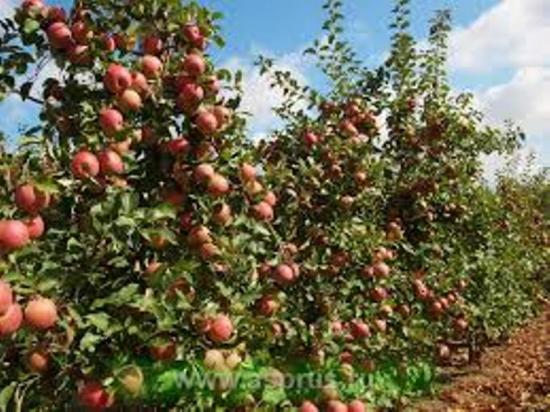
To plant a tree, you should choose an unshaded area with moderately moist soil rich in nutrients. Preparing a hole for a seedling, applying fertilizers and watering are carried out in the same way as when planting other varieties of fruit trees.
Experienced gardeners practice treating the roots of seedlings; immediately before planting, they are soaked for several minutes in a one percent solution of copper sulfate and washed thoroughly with water.
This preventative measure will help the young apple tree acquire resistance to diseases.
Secrets of excellent fruiting
To avoid putting too much stress on the young tree, it is recommended to remove some of the ovaries. As a result, the taste of the fruits will increase, and the fruits themselves will be much larger.
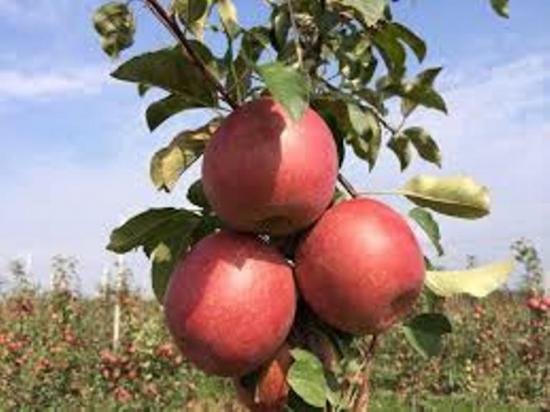
The following procedures must be carried out systematically as mandatory:
- cleaning trim
- feeding
- watering, and in the first months after spring planting it is recommended to water the seedling two to three times a week, the minimum volume of water is 10 liters for each watering
With regard to disease control, it is recommended to take the following measures:
- for bacterial burns, treatment with copper-containing products
- in case of severe bacterial infection, it is recommended to uproot the tree, this will prevent the spread of infection throughout the garden
- To combat scab, you can use Bordeaux mixture, 1% solution
- against aphids, depending on the season, treatment with organophosphorus preparations or pyrethroids should be used.
How to collect and preserve the harvest
Since Fuji is a late variety of apples, the harvest is carried out in mid-autumn. But it is not recommended to rush into consuming them: healthy and strong fruits should be kept for a month, as long as it takes to fully ripen.
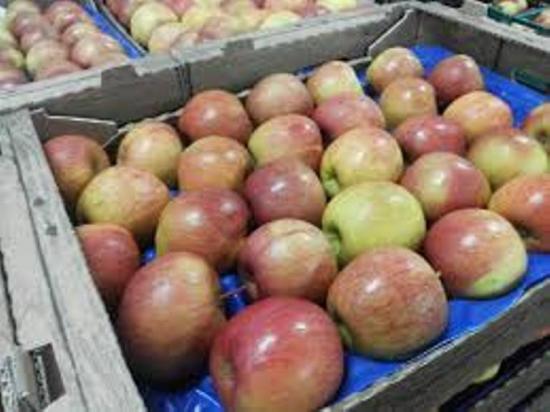
Full pulp allows for trouble-free storage of fruits for six months. If possible, boxes of apples are placed in refrigerators or cellars; in such conditions they will not lose their appearance and excellent taste until the next season, i.e. can be stored for a whole year.
Fruits of this variety are perfectly resistant to transportation over long distances.
Use in cooking
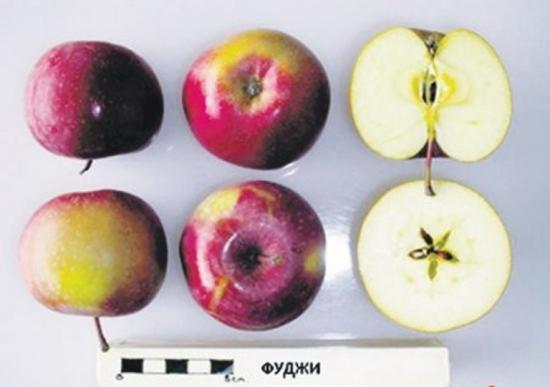
The range of use of Fuji apples in cooking is the widest:
- they can be eaten fresh and included in salads
- You can use them to make purees for baby food and juices.
- they can be baked, used as a filling for pies and baked goods, included in charlottes and casseroles
Let's watch an interesting video about the Fuji Kiku apple variety:

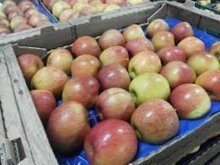
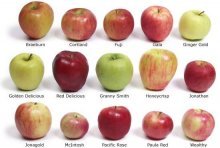
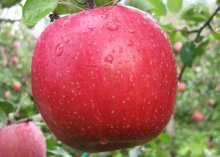
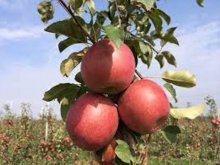
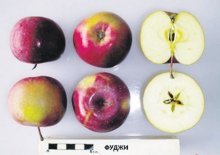
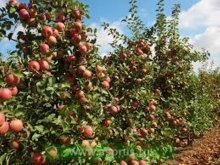

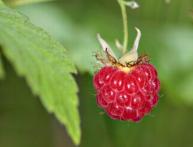

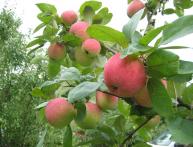
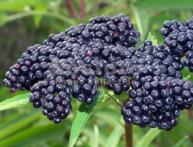
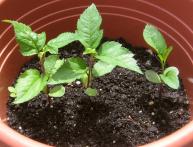
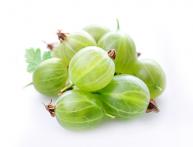
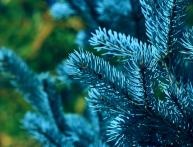
Comments
I haven’t heard of this variety, but apparently the fruits are tasty and don’t require much care, I’ll definitely try to plant them. The tree itself is fruitful, my daughter will be happy, thank you.
Interesting apple tree. I understand that the name is given after the Japanese Mount Fuji, which turns red in late summer or early autumn,
in clear weather with a south wind at sunrise.